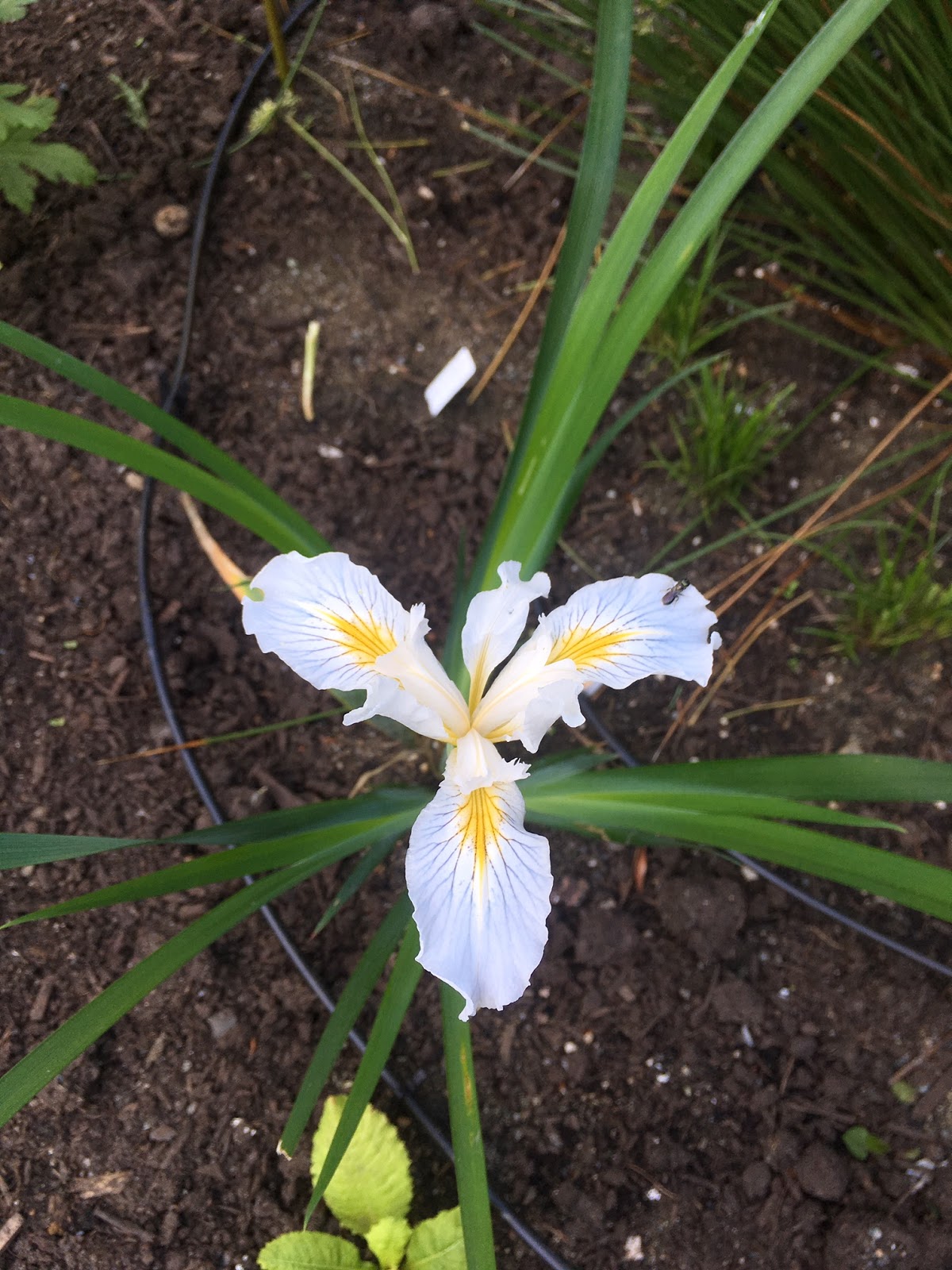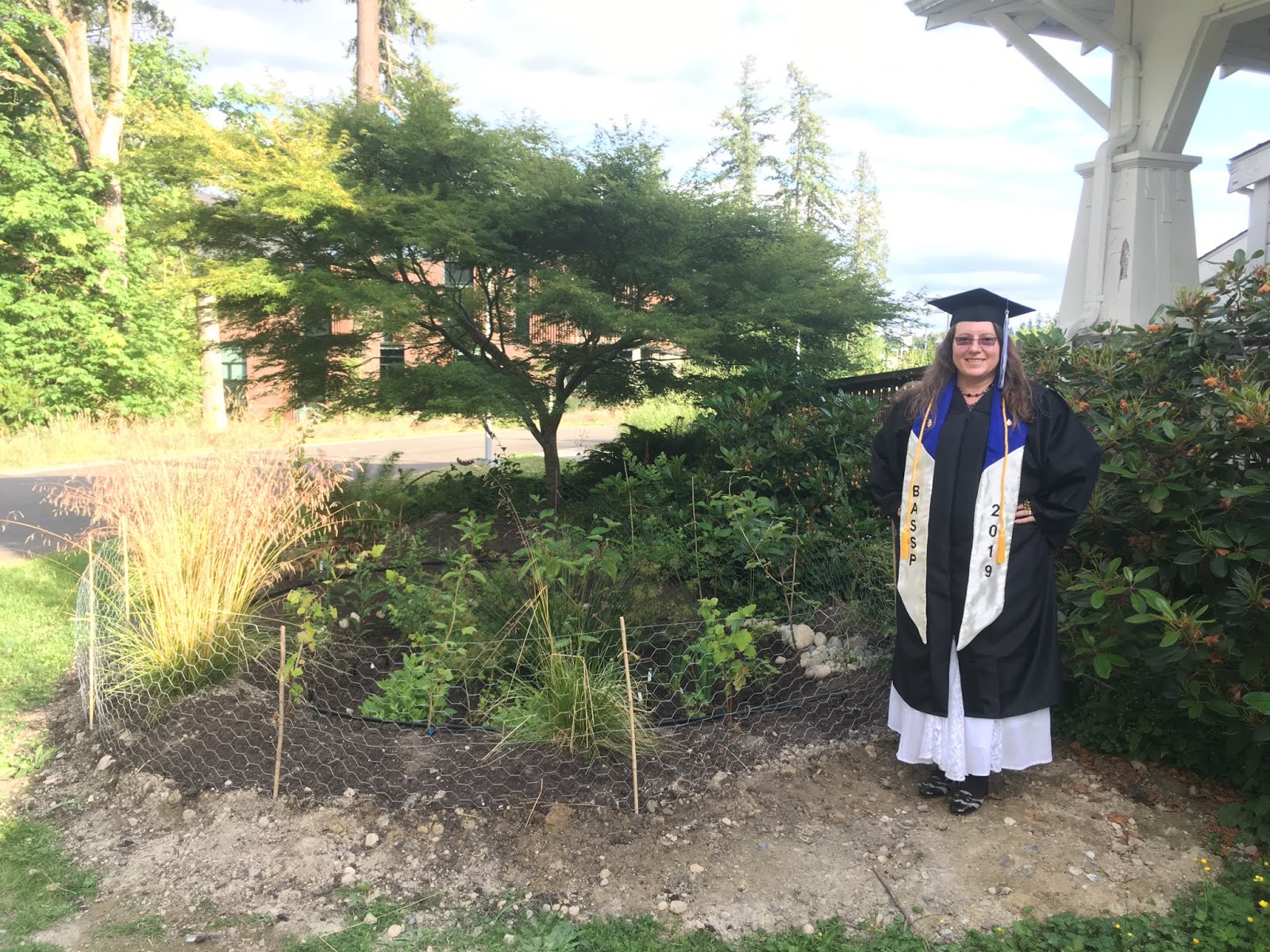What is the BASSP Program at Cascadia College?
The Bachelor of Applied Science in Sustainable Practices program is a way to get a four-year degree learning to apply principles of green energy, sustainable agriculture, green infrastructure, biodiversity, green building design, and business practices that give back to the community while respecting natural resources. This program is taught in a college with a committed faculty and small class sizes that allow for plenty of hands-on learning. Learn more about this program here. The creator of the rain garden started by getting an Associates in Environmental Technology and Sustainable Practices at Cascadia. Entrance requirements accept 90 college credits from a variety of disciplines that transfer into the Bachelor's program. Once admitted, a cohort-style takes the student on a two-year journey through the history and philosophy of sustainability, the science of sustainable practices, and the business and policy approaches that will help the sustainability perspective change society for the better.
Cascadia College has a beautiful and very successful restored wetland on its campus. It offers a hands-on course in wetland ecology in which this and other wetlands are explored, taught by soil scientist Midori Sakura. Her classes inspired the author to use a created wetland environment, the rain garden, to filter stormwater before it flows to the restoration site.
One of the author's internships involved taking water samples at the wetland restoration site and analyzing them for a variety of characteristics, which helps chart the quality of stormwater that drains into the site from the city above it. The wetland holds and cleans this runoff before it enters the Sammamish River. It also provides habitat for salmon, river otters, blue herons, insects, amphibians, beavers, and a variety of birds. The opportunity to experience this ecosystem first-hand and appreciate the region's native plants and animals is an inspiring experience.
Cascadia College has a beautiful and very successful restored wetland on its campus. It offers a hands-on course in wetland ecology in which this and other wetlands are explored, taught by soil scientist Midori Sakura. Her classes inspired the author to use a created wetland environment, the rain garden, to filter stormwater before it flows to the restoration site.
One of the author's internships involved taking water samples at the wetland restoration site and analyzing them for a variety of characteristics, which helps chart the quality of stormwater that drains into the site from the city above it. The wetland holds and cleans this runoff before it enters the Sammamish River. It also provides habitat for salmon, river otters, blue herons, insects, amphibians, beavers, and a variety of birds. The opportunity to experience this ecosystem first-hand and appreciate the region's native plants and animals is an inspiring experience.
/cdn.vox-cdn.com/uploads/chorus_image/image/61152223/shutterstock_274566236.0.jpg) |
| Image courtesy of vox.com |



Comments
Post a Comment